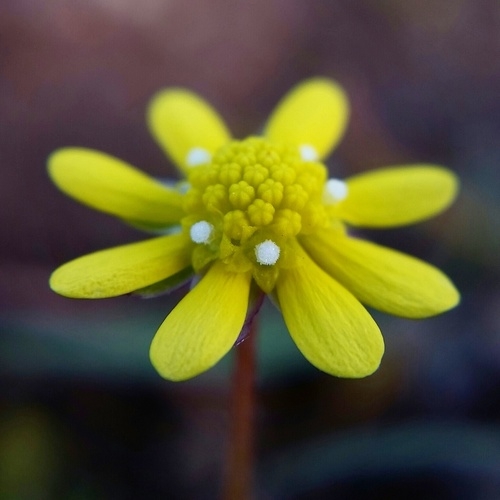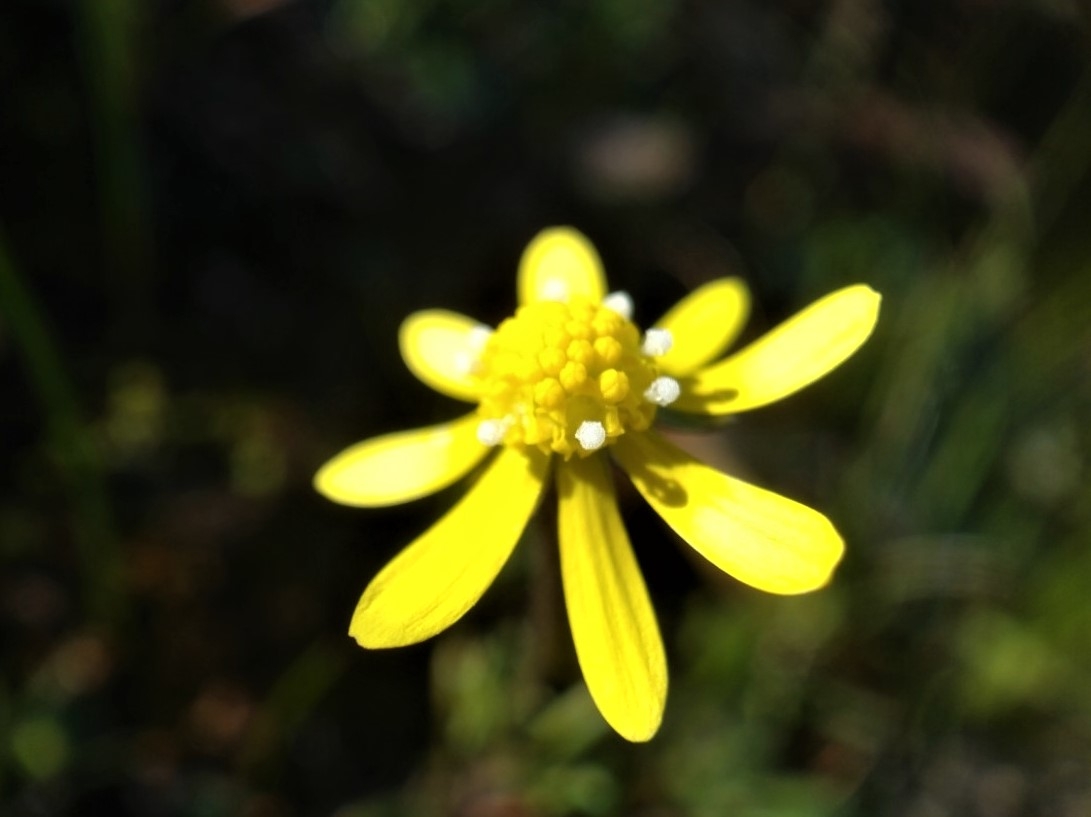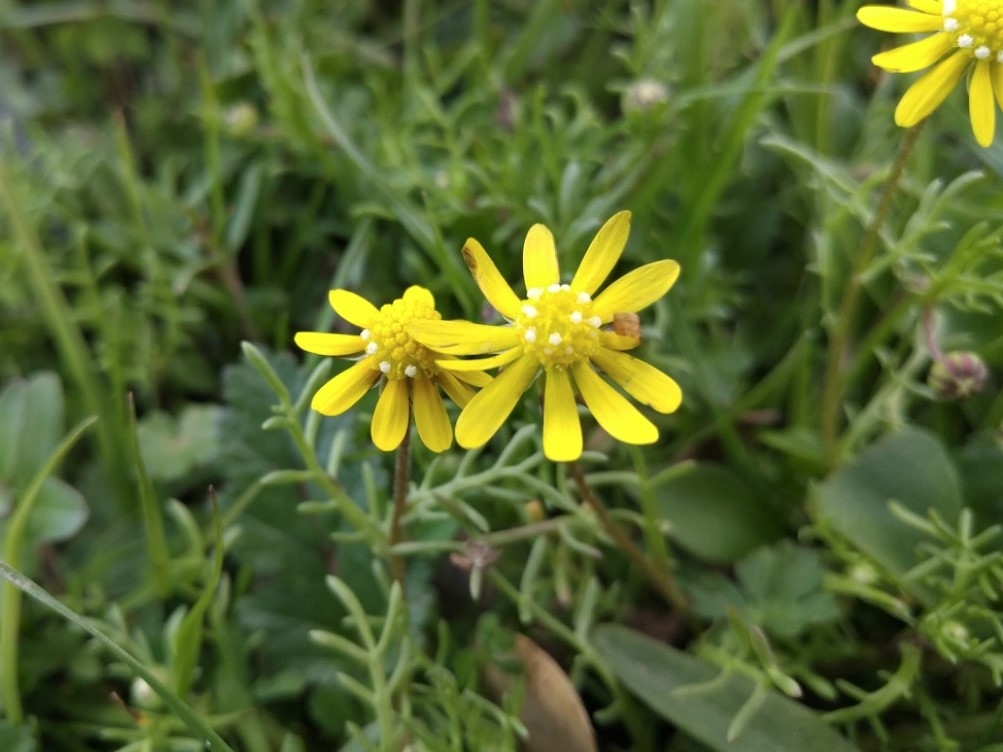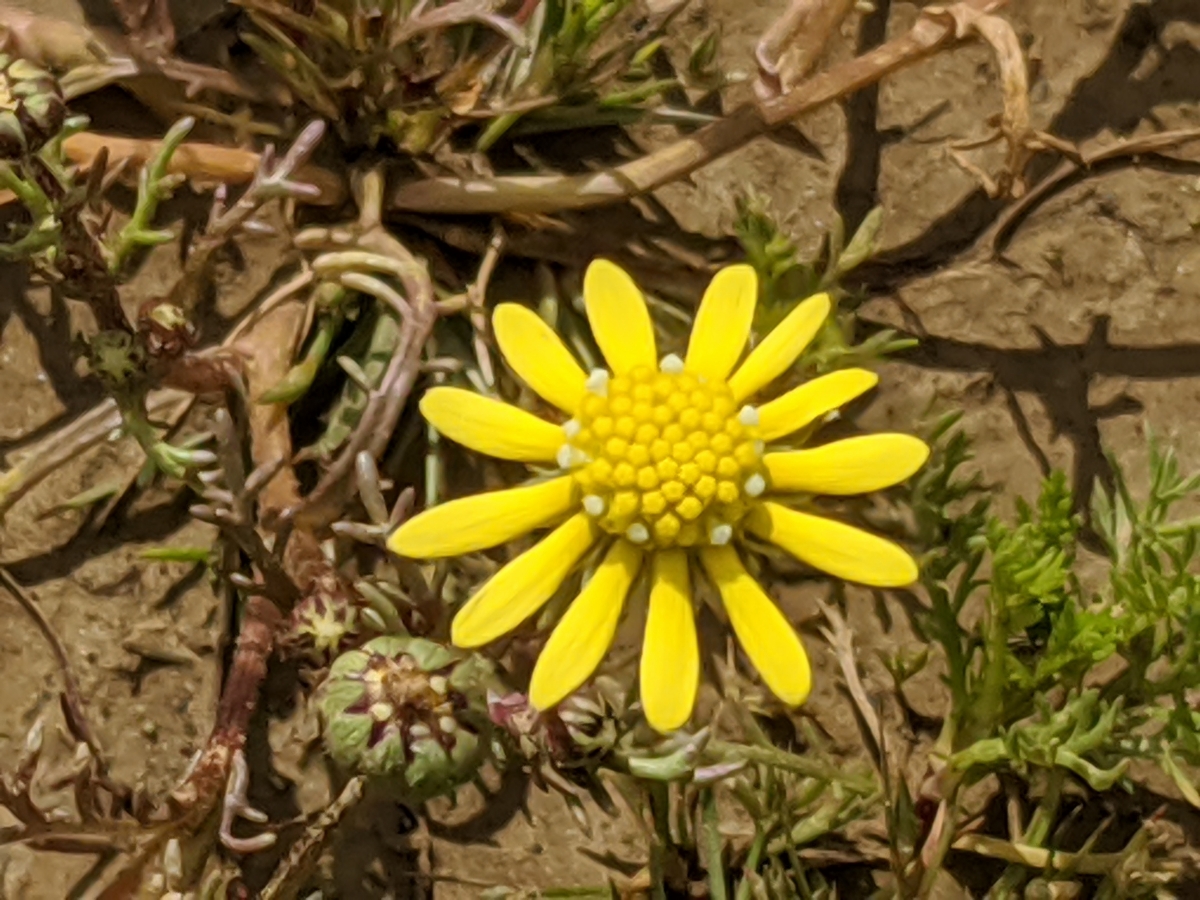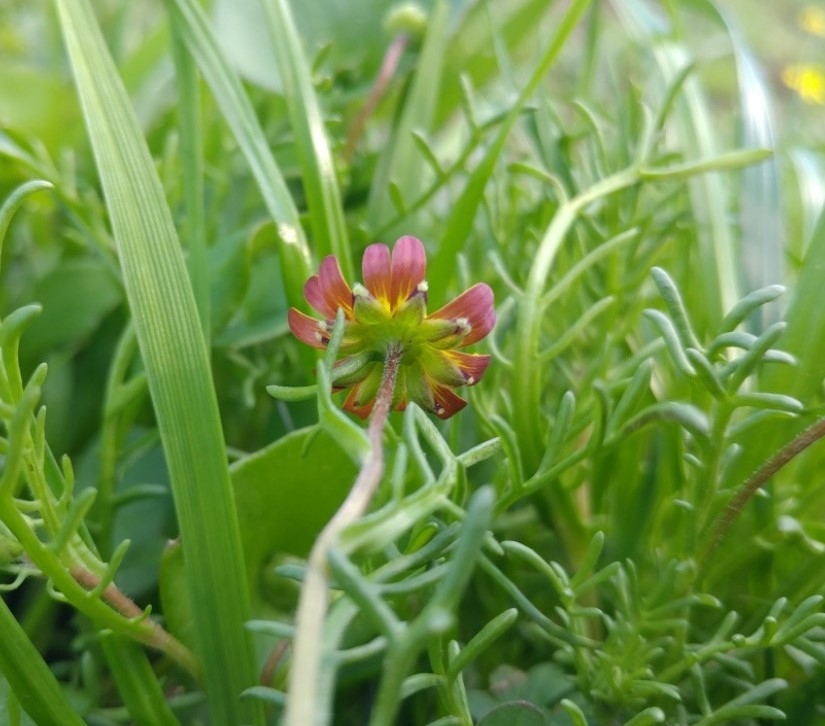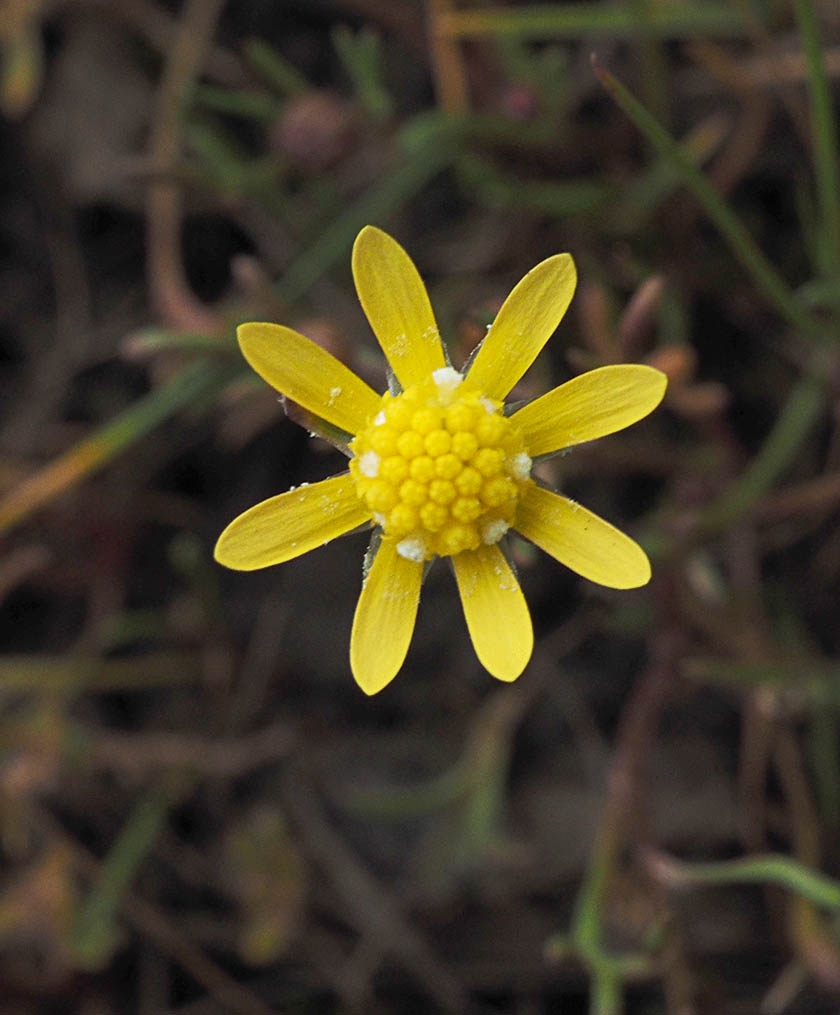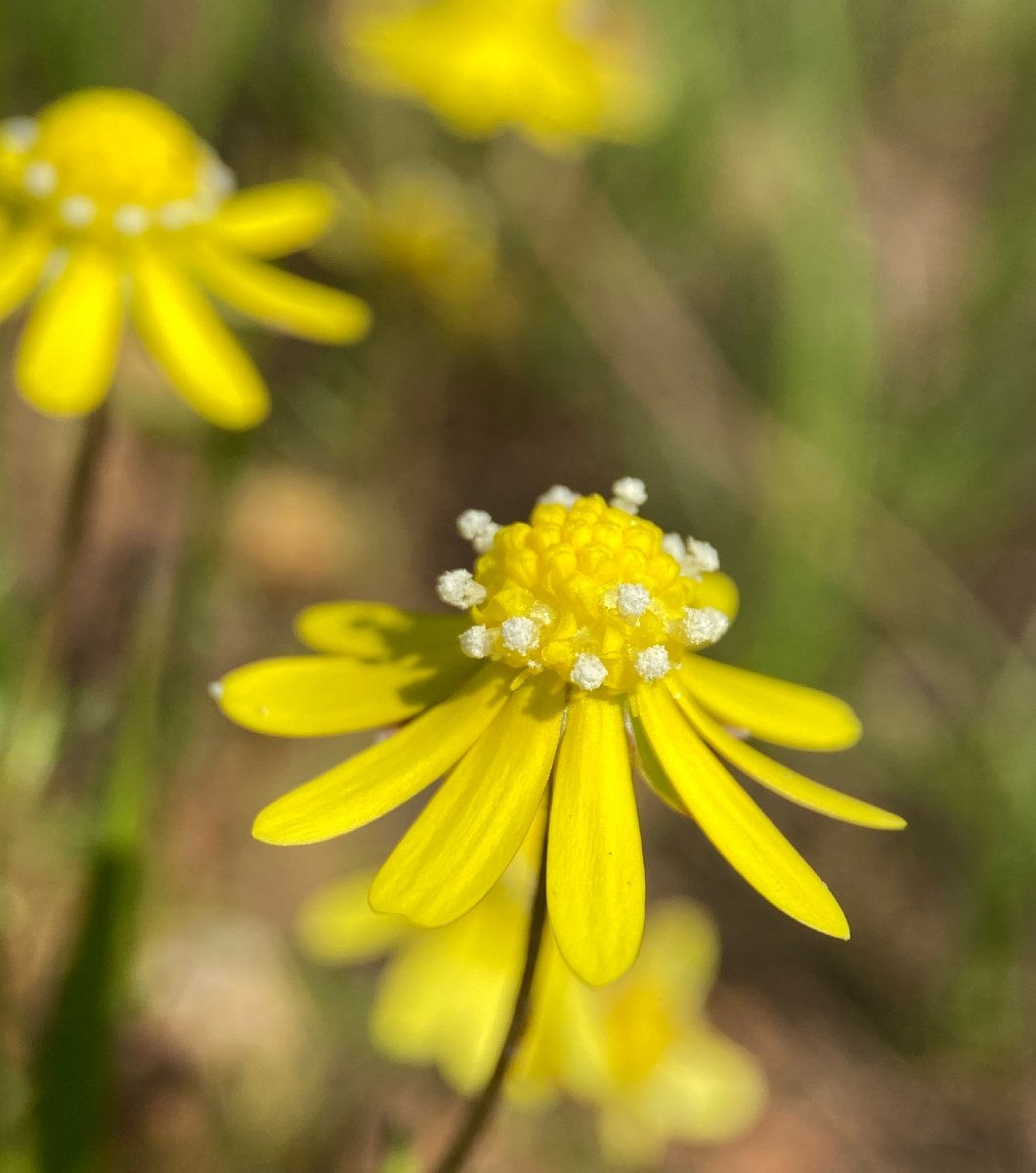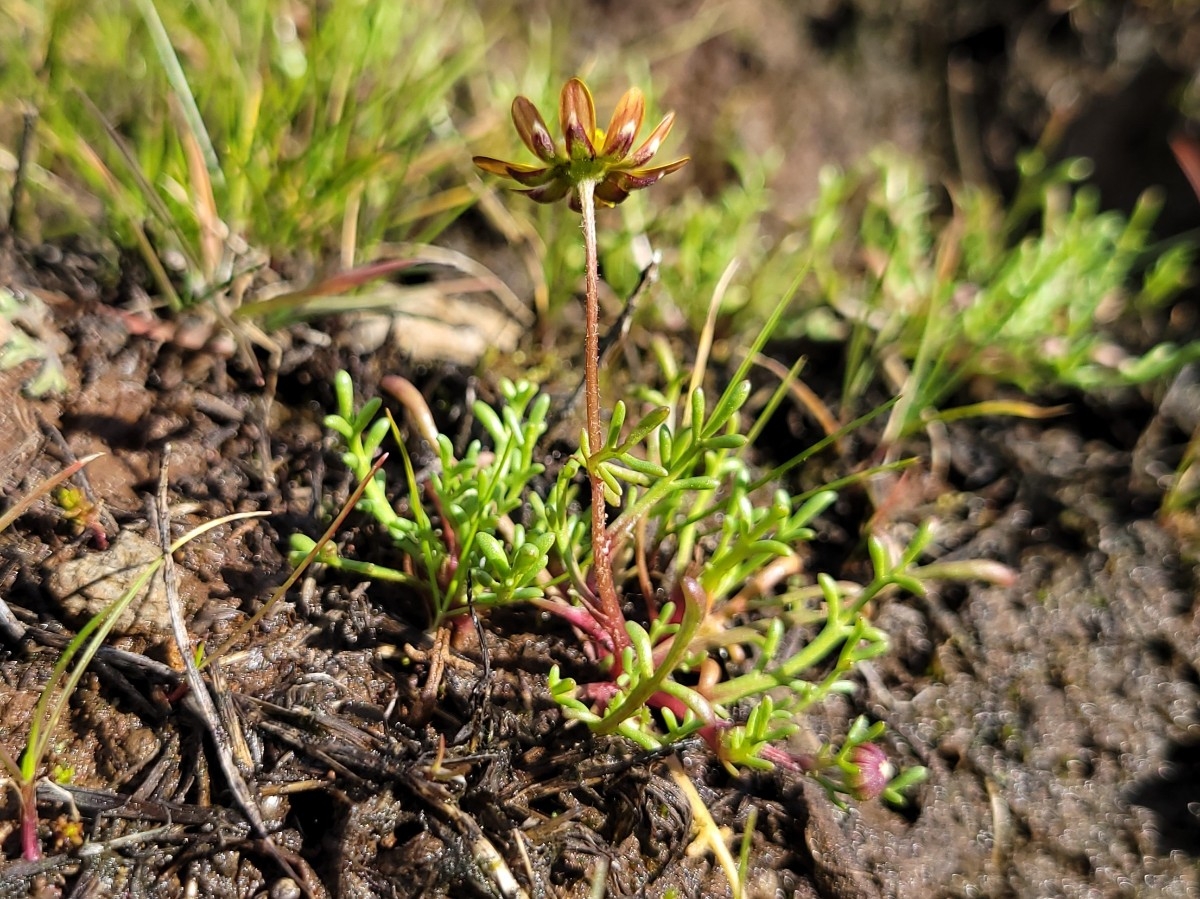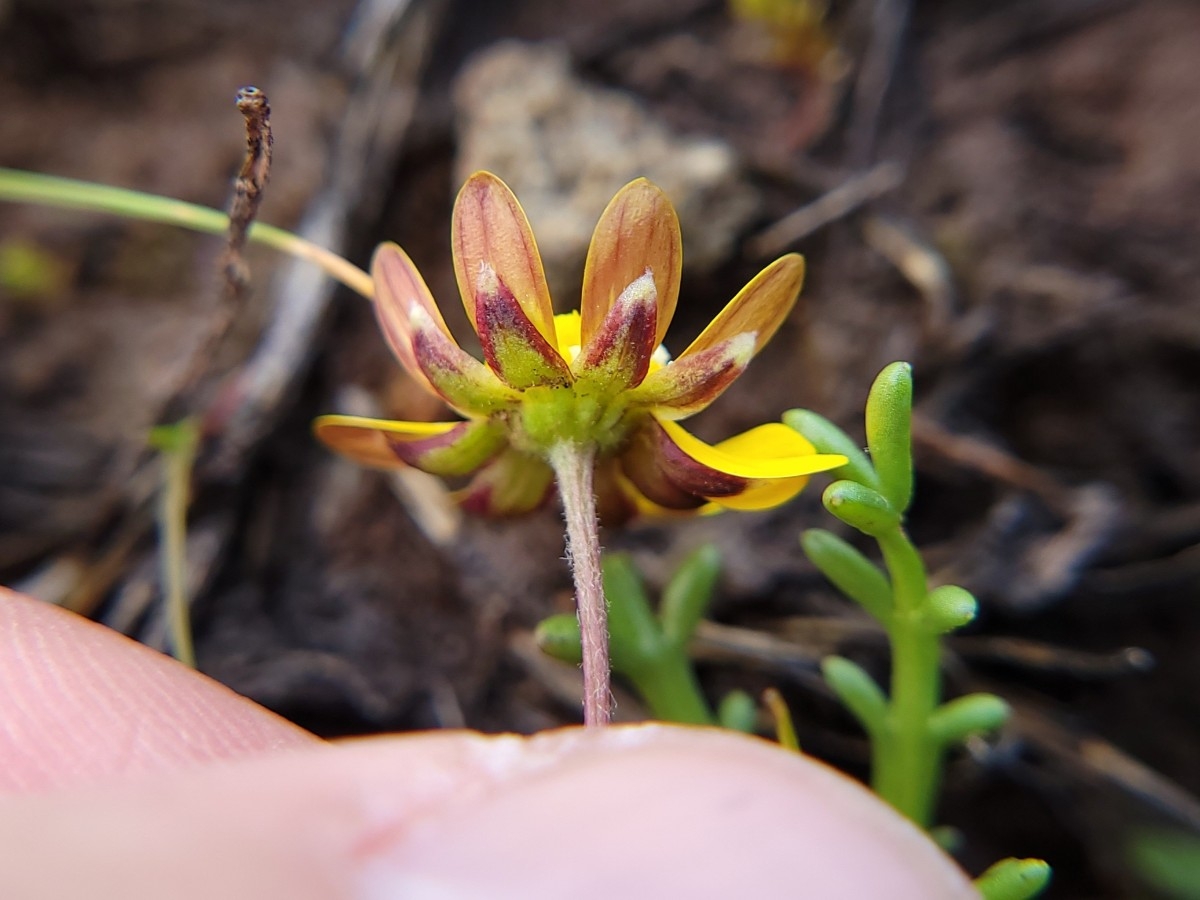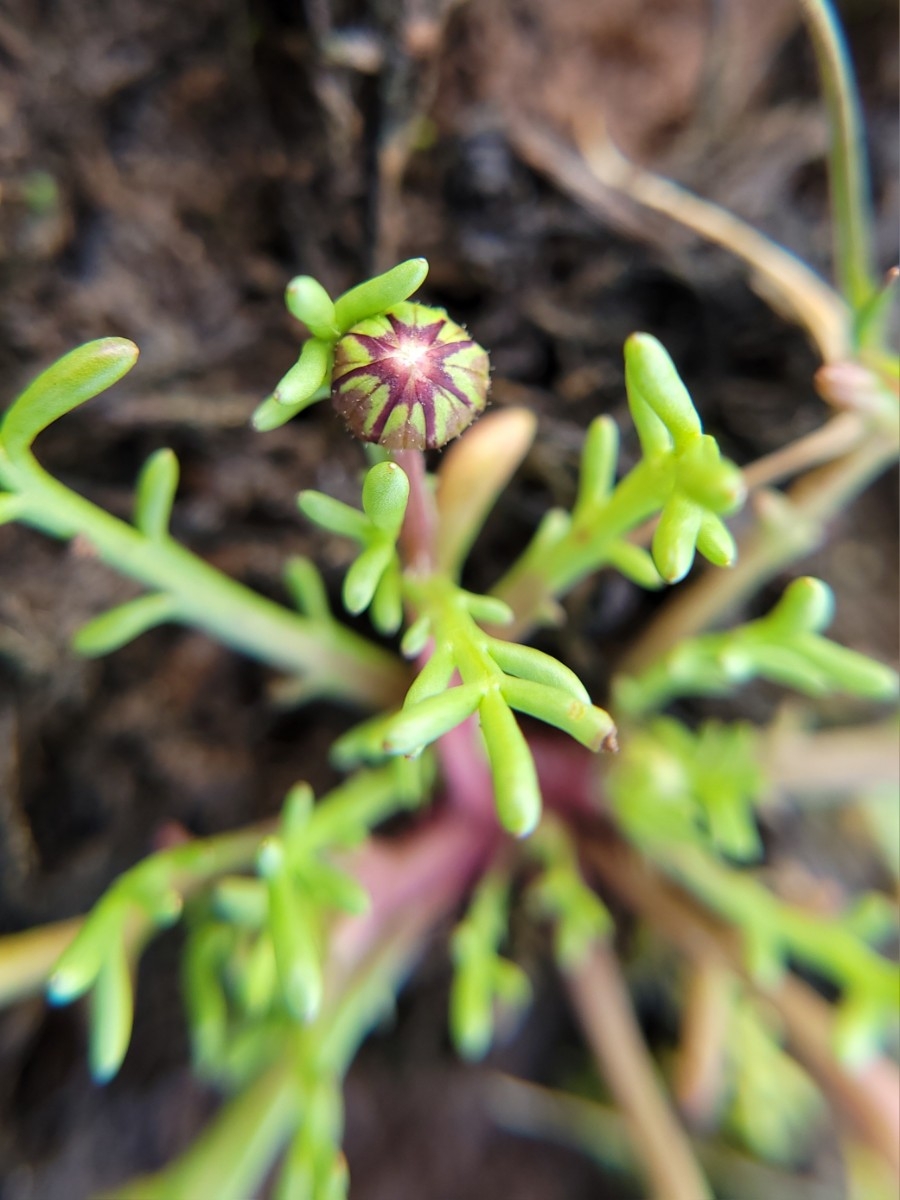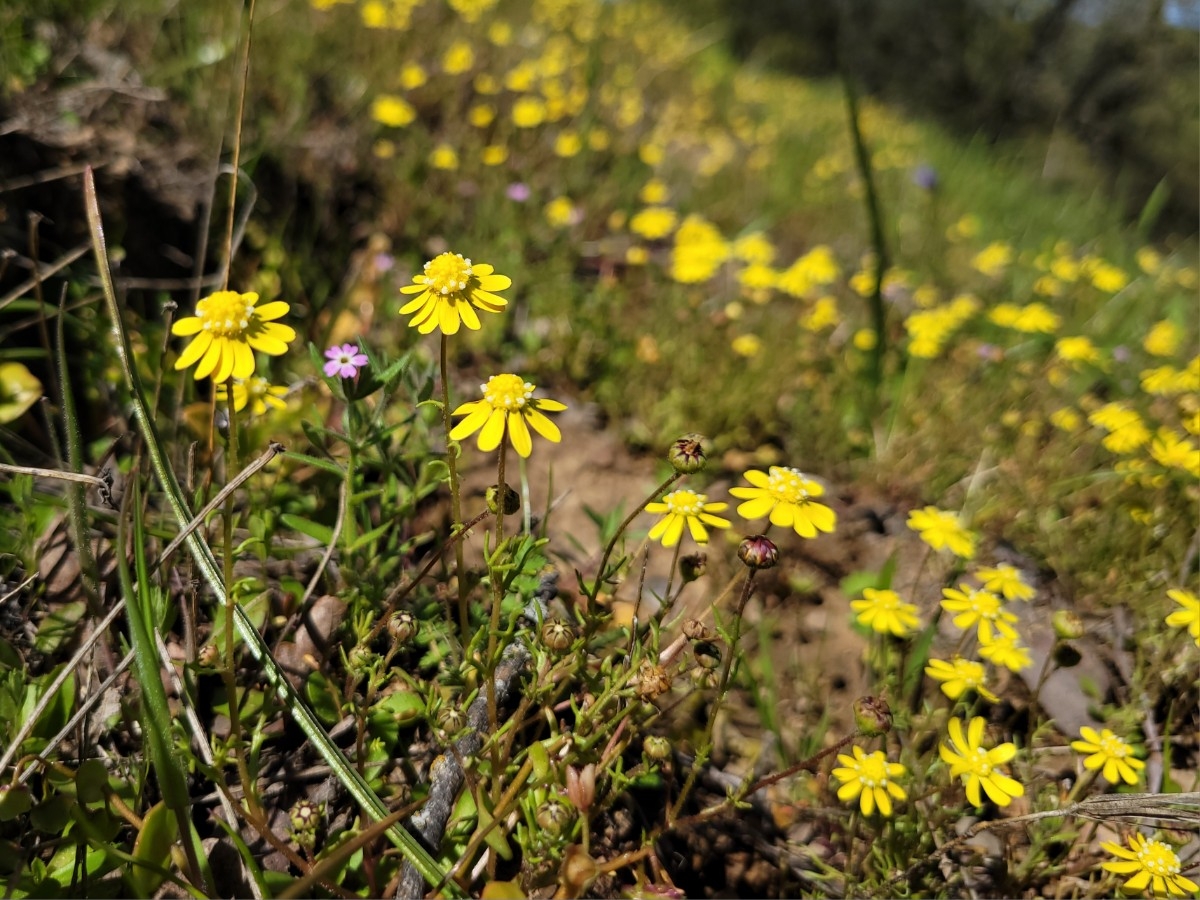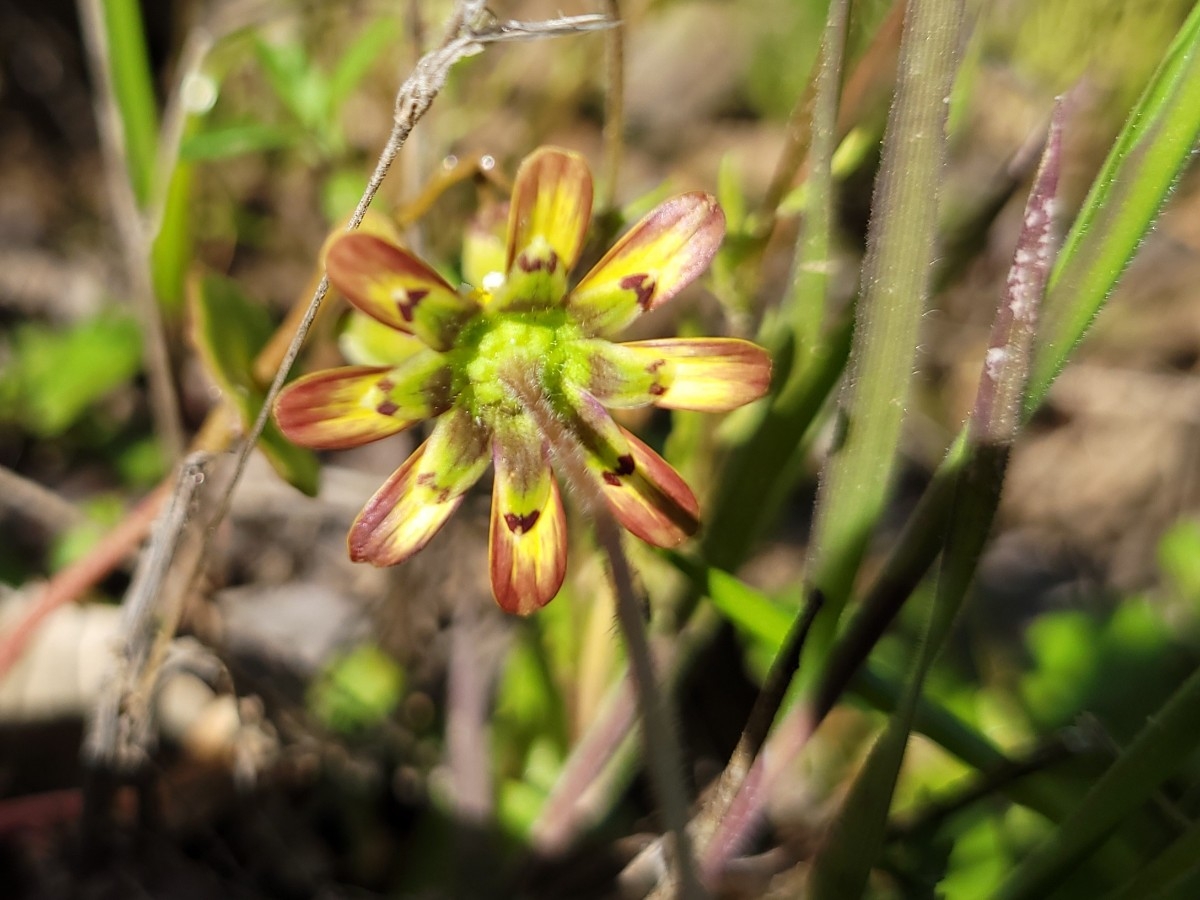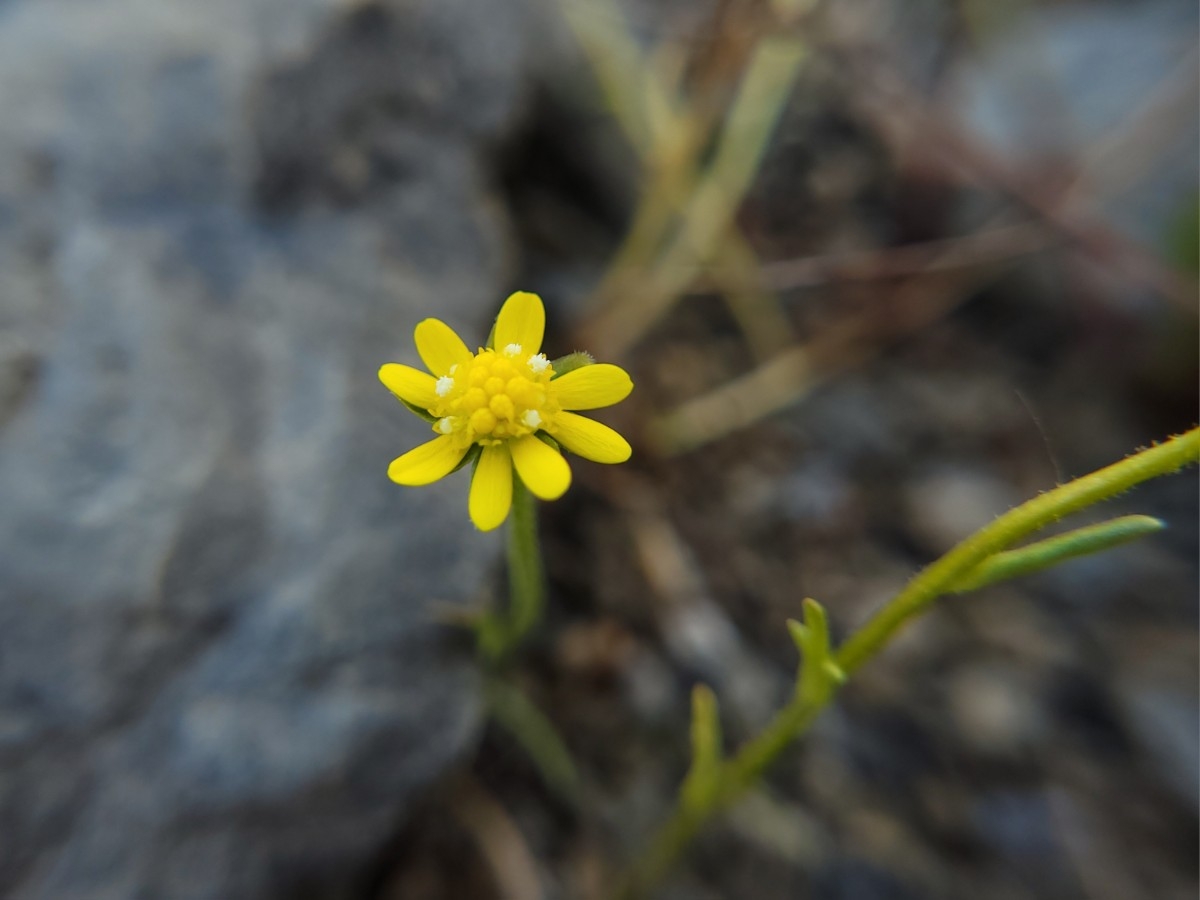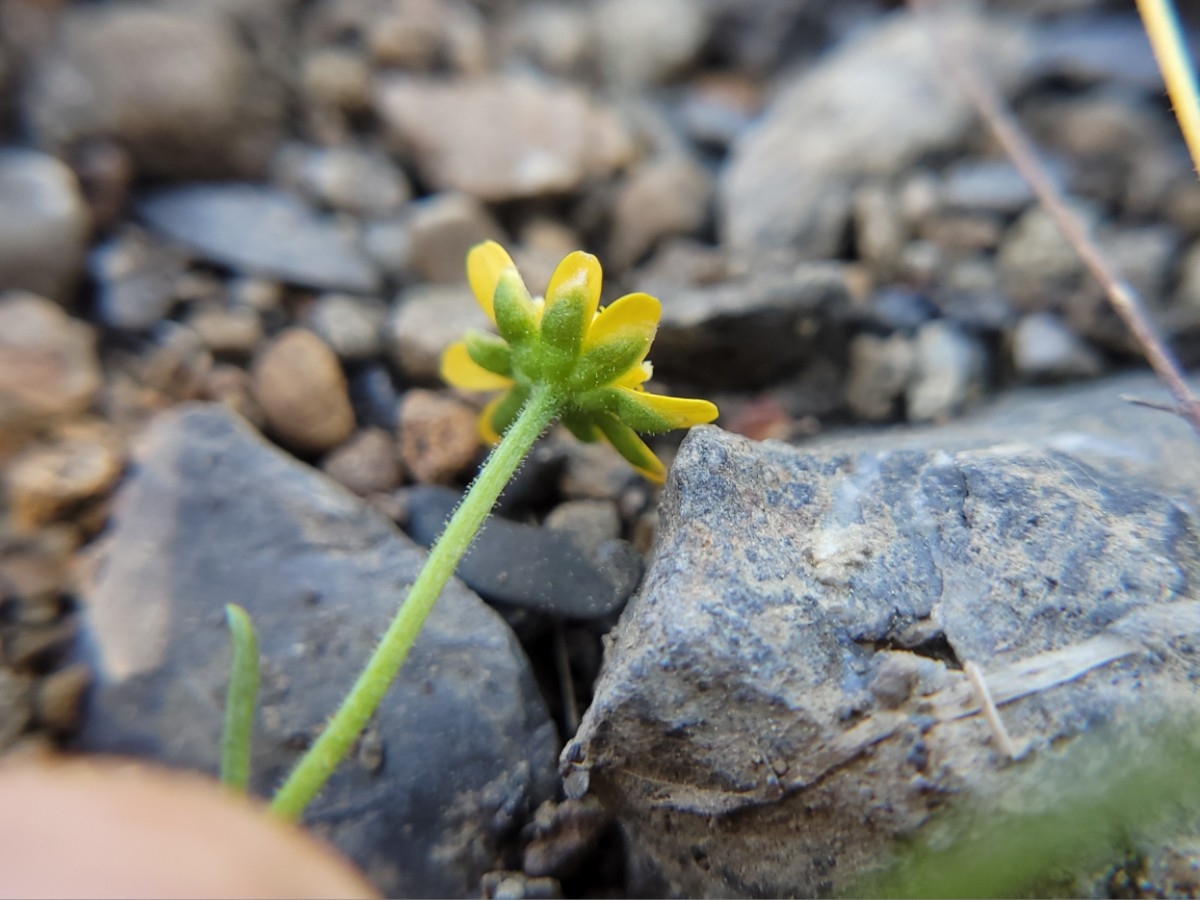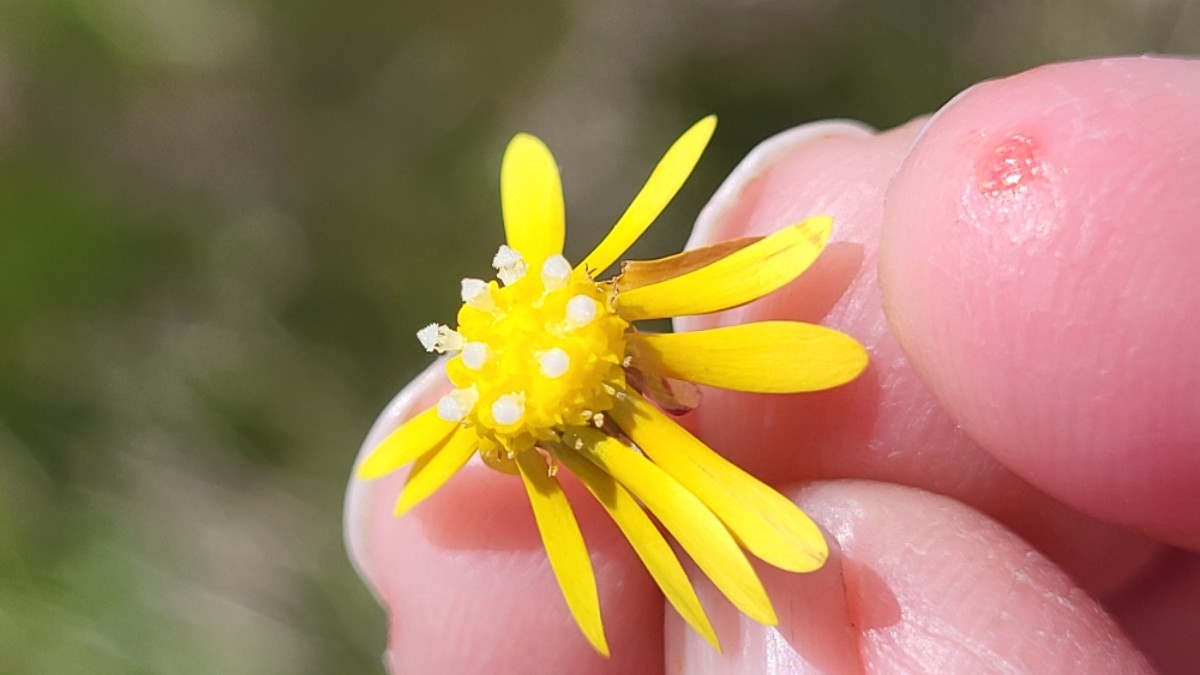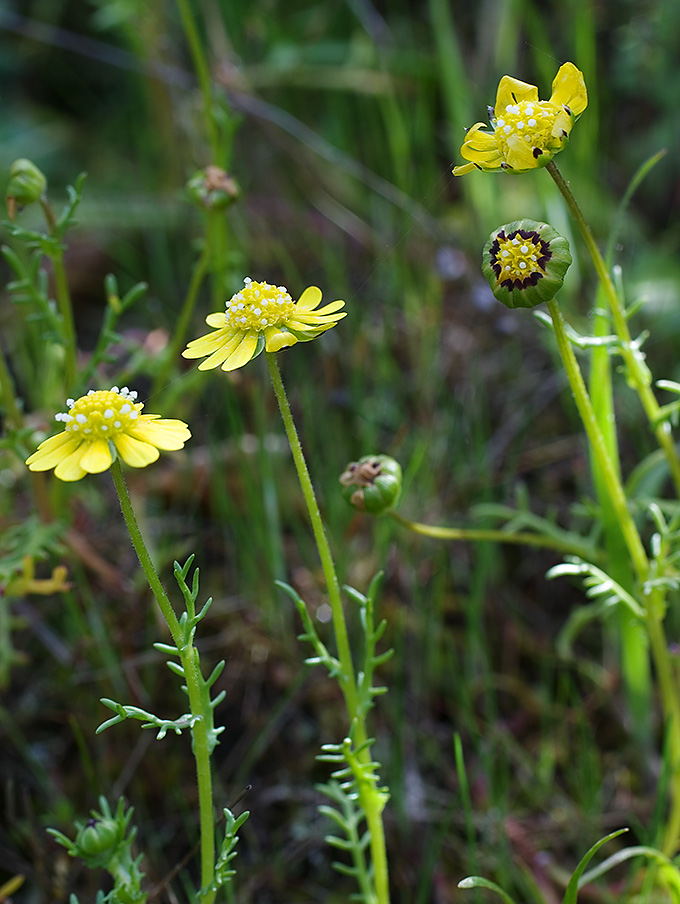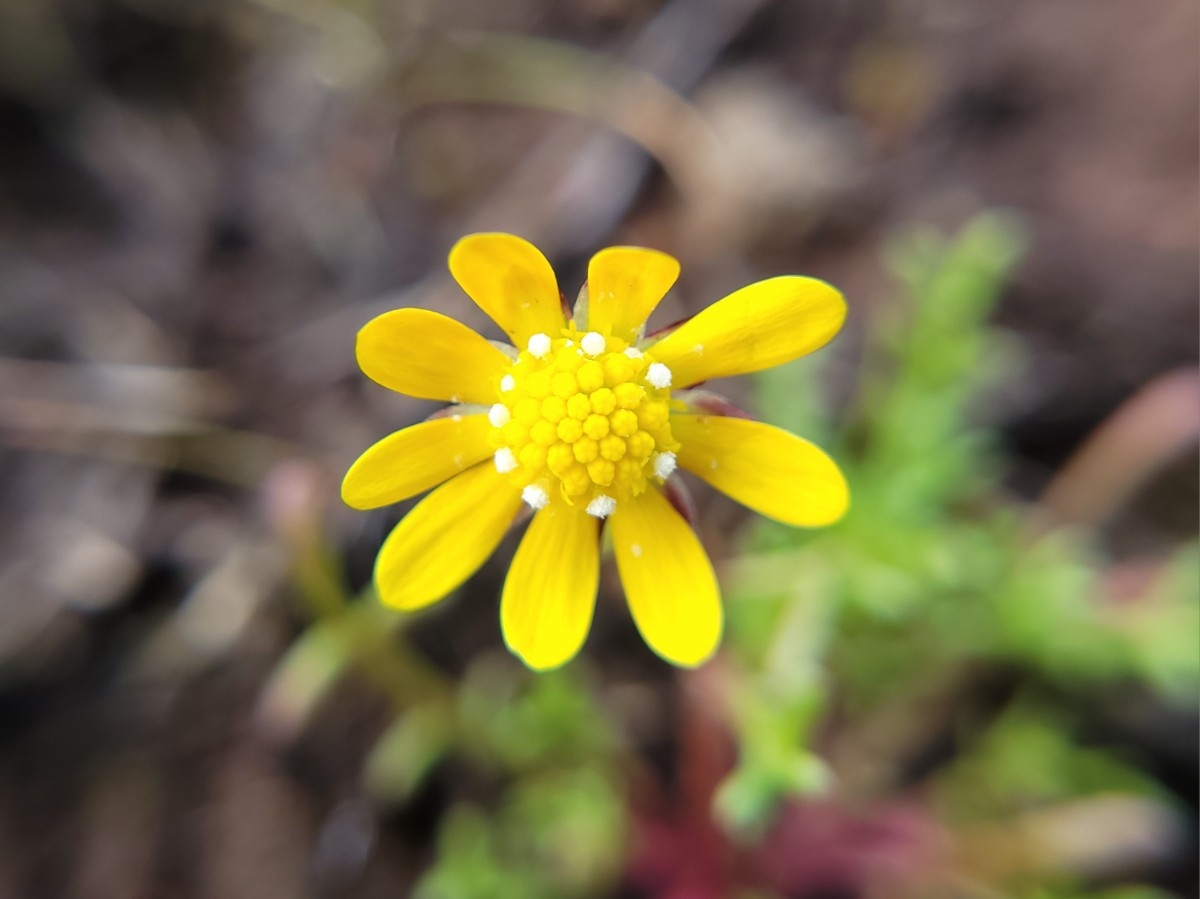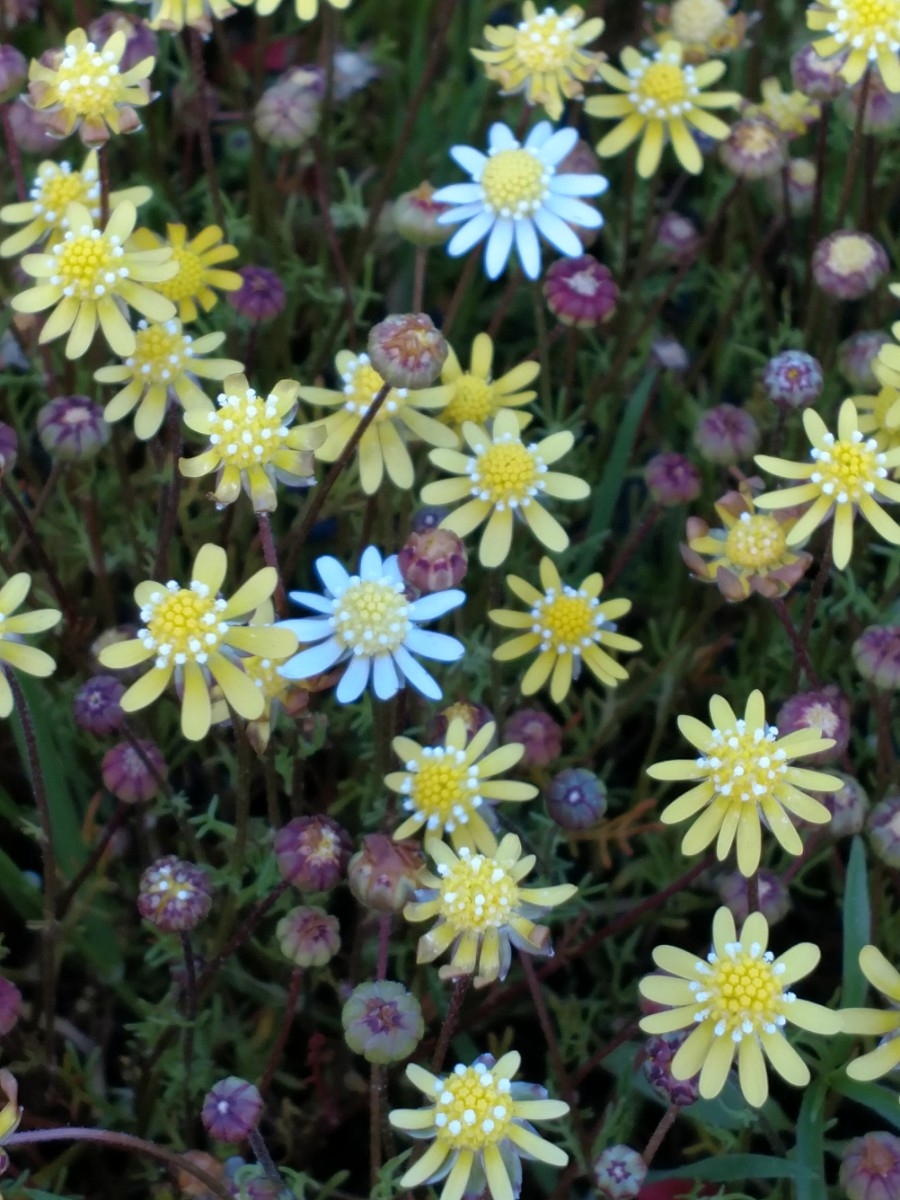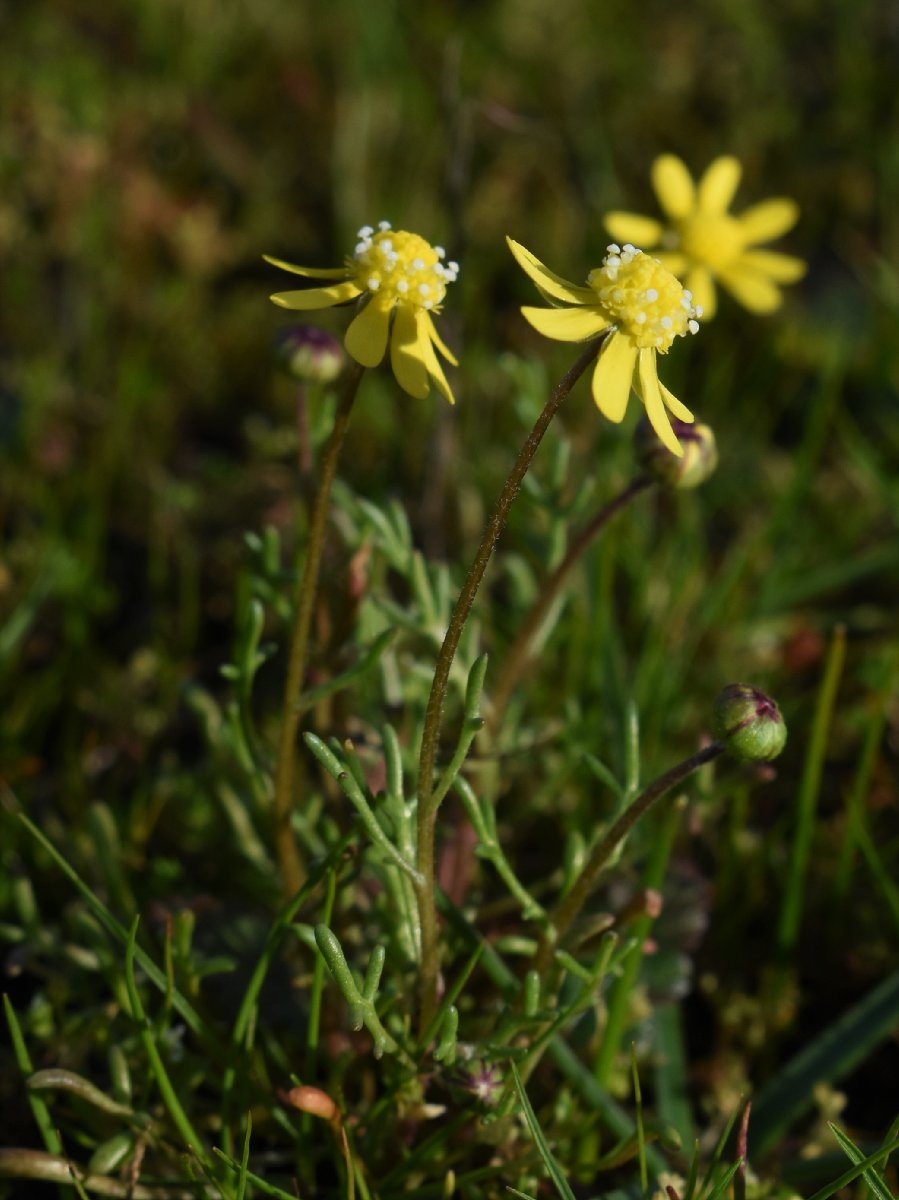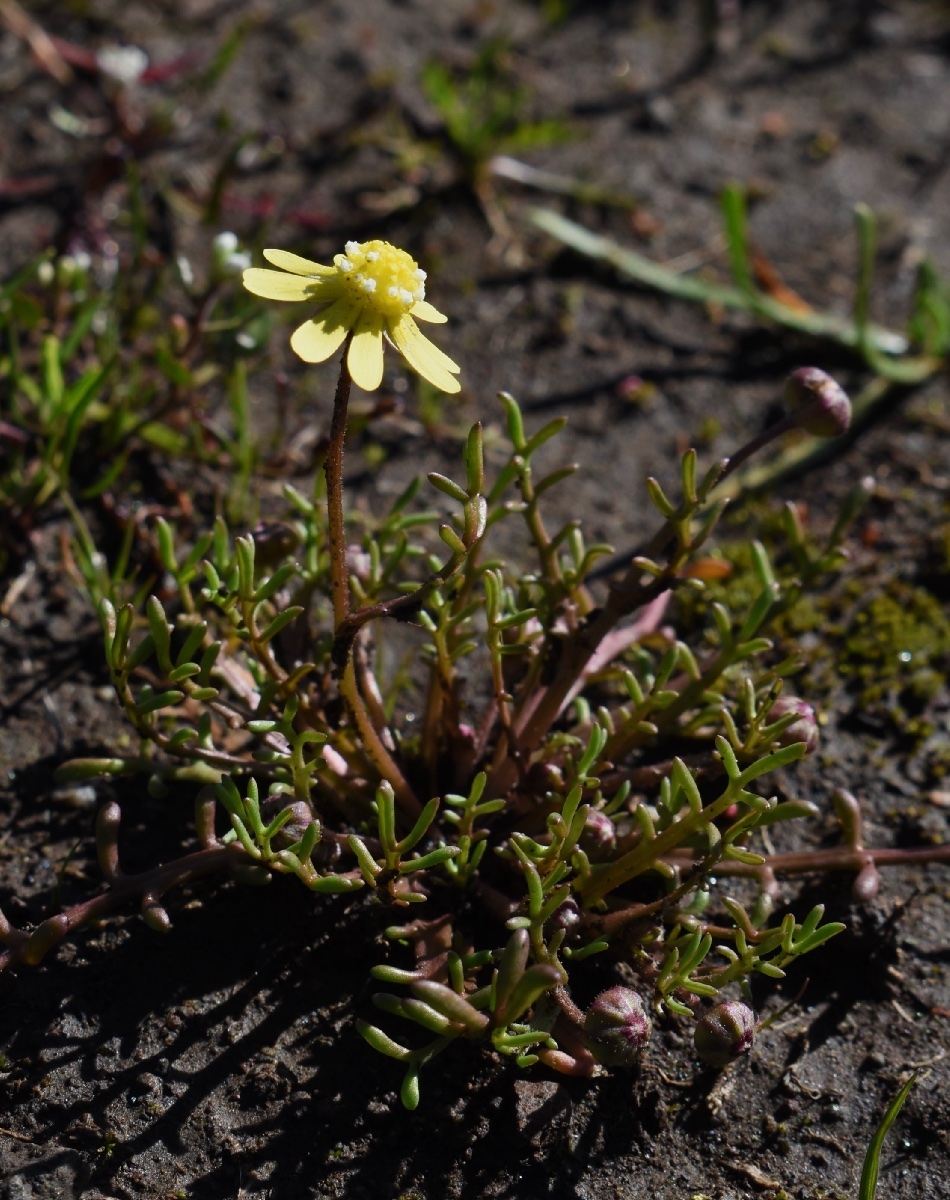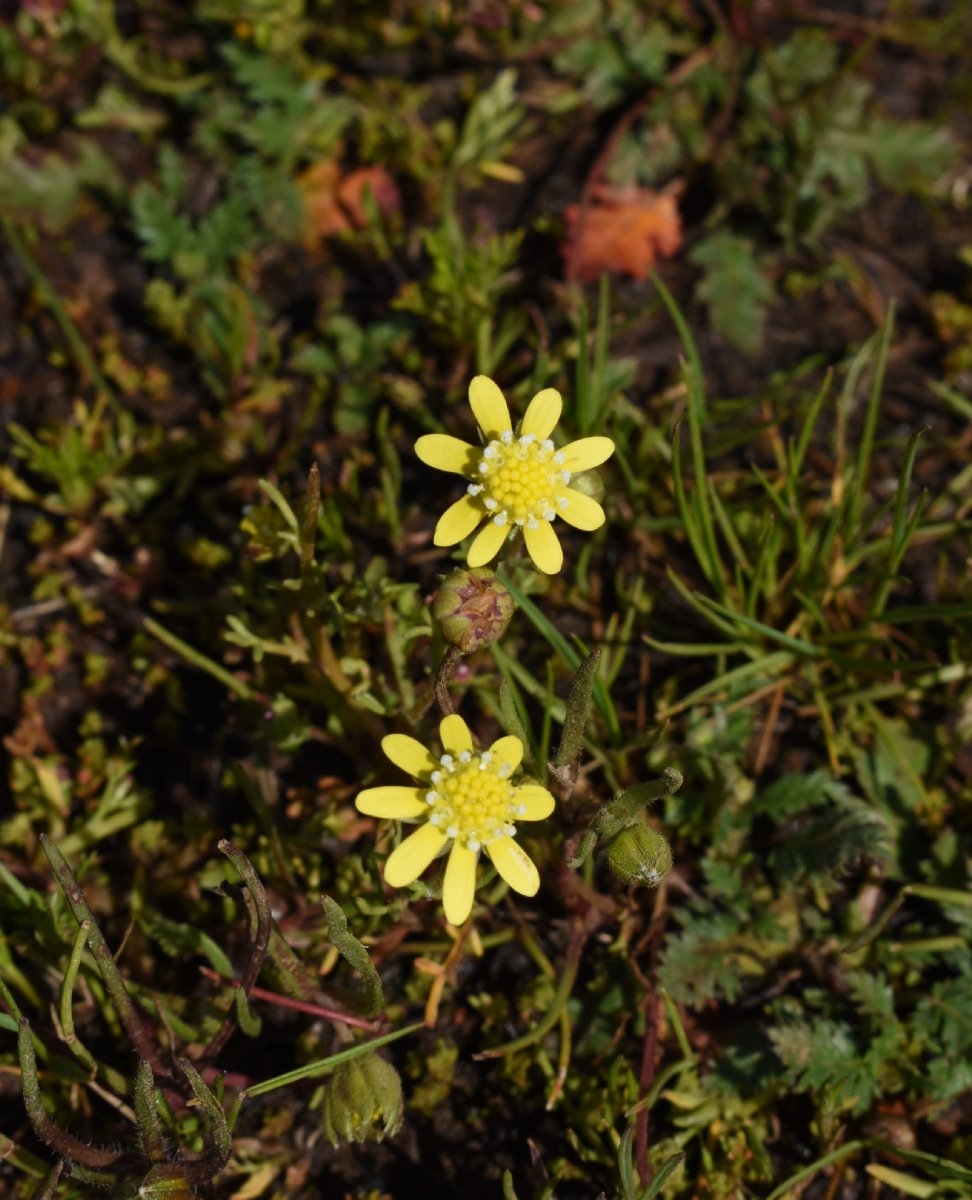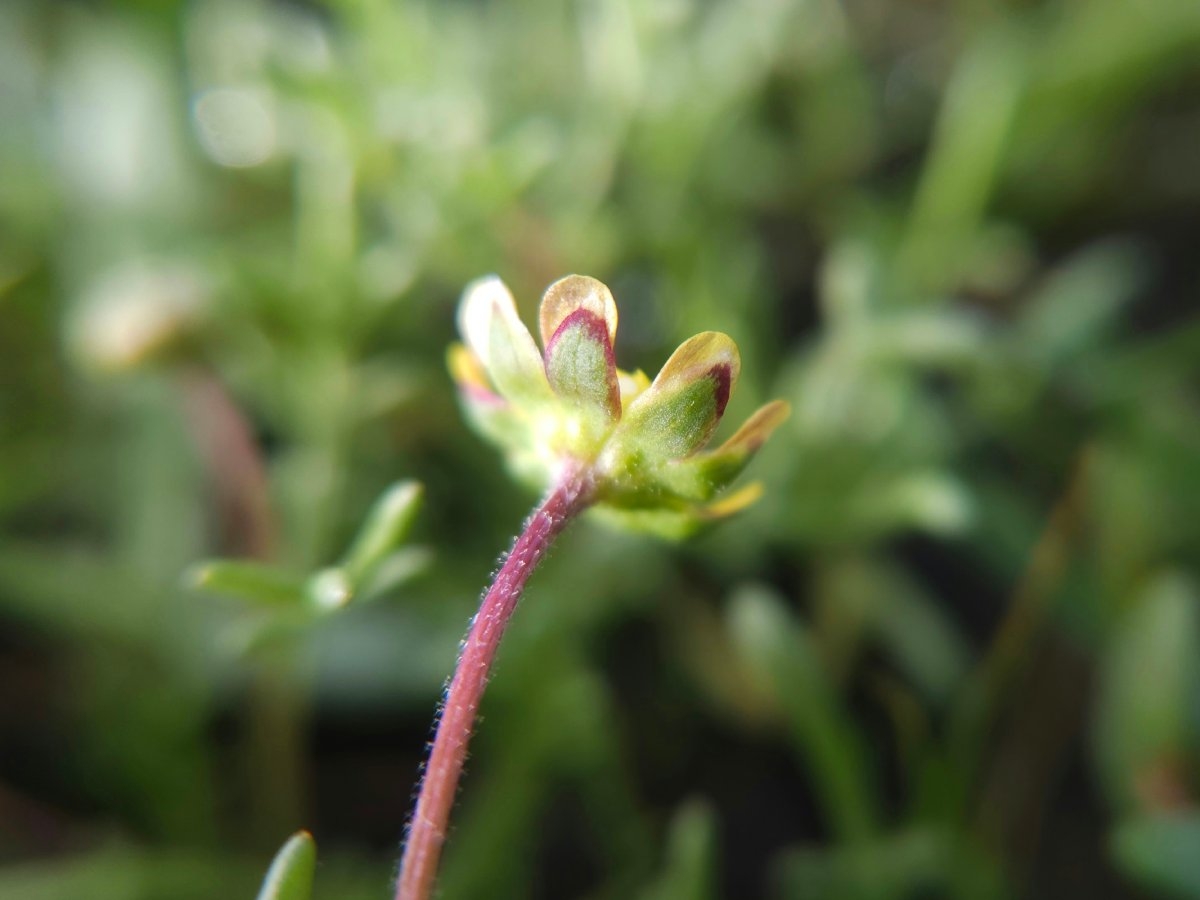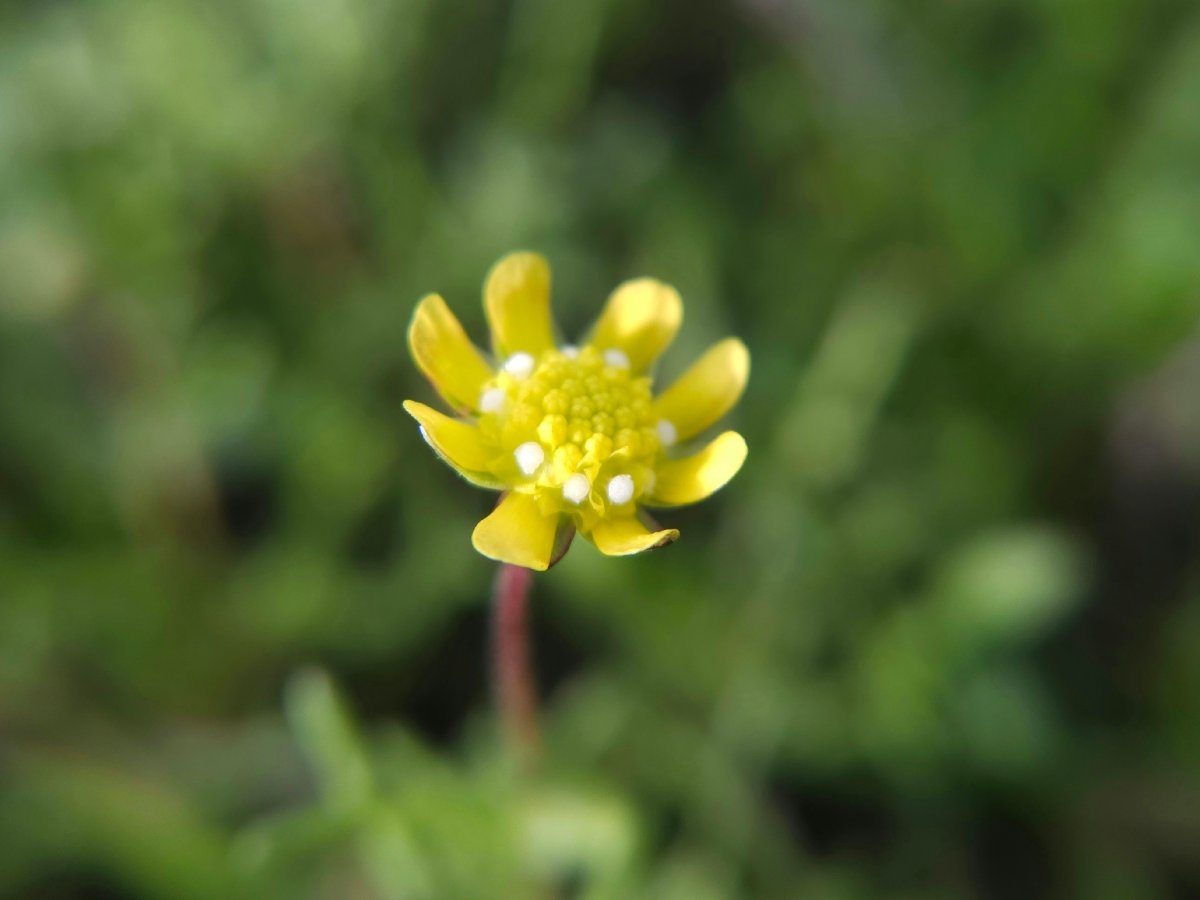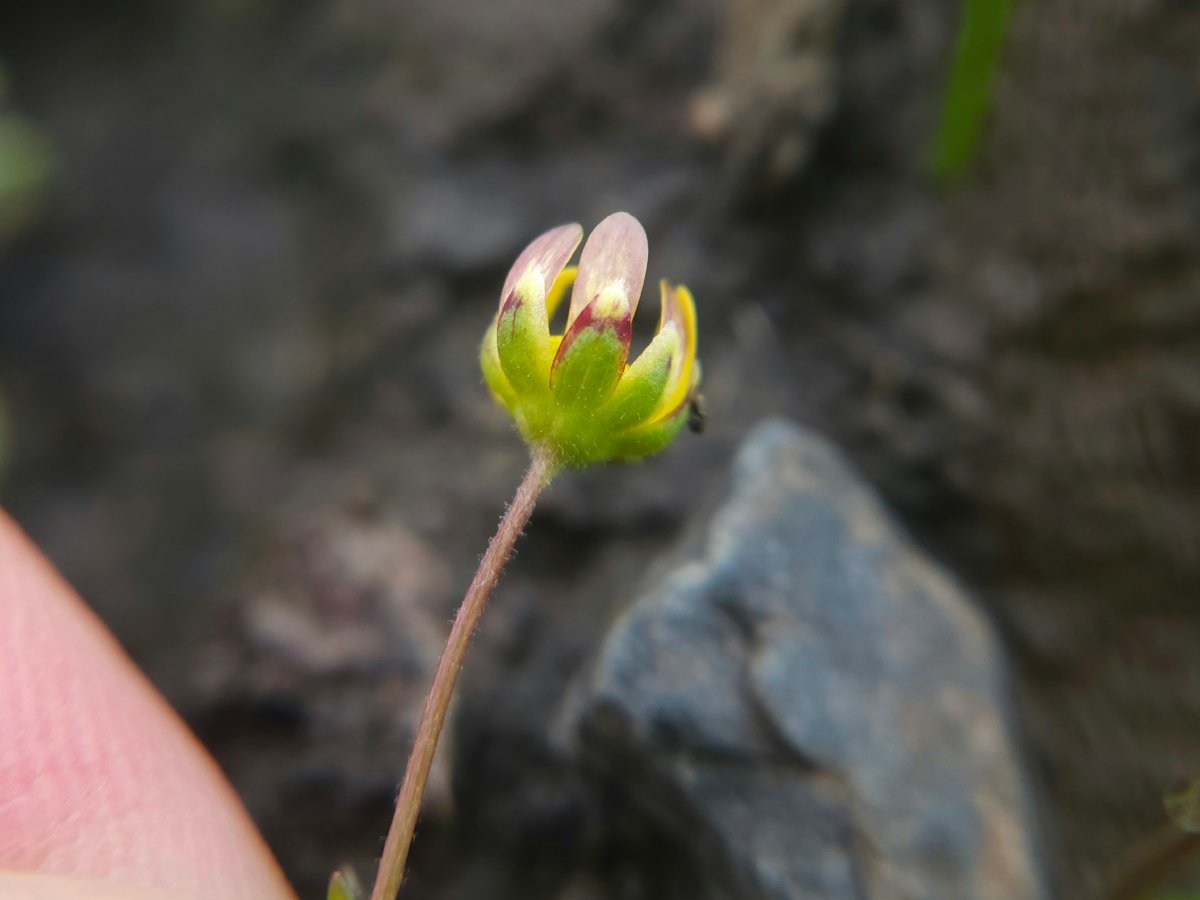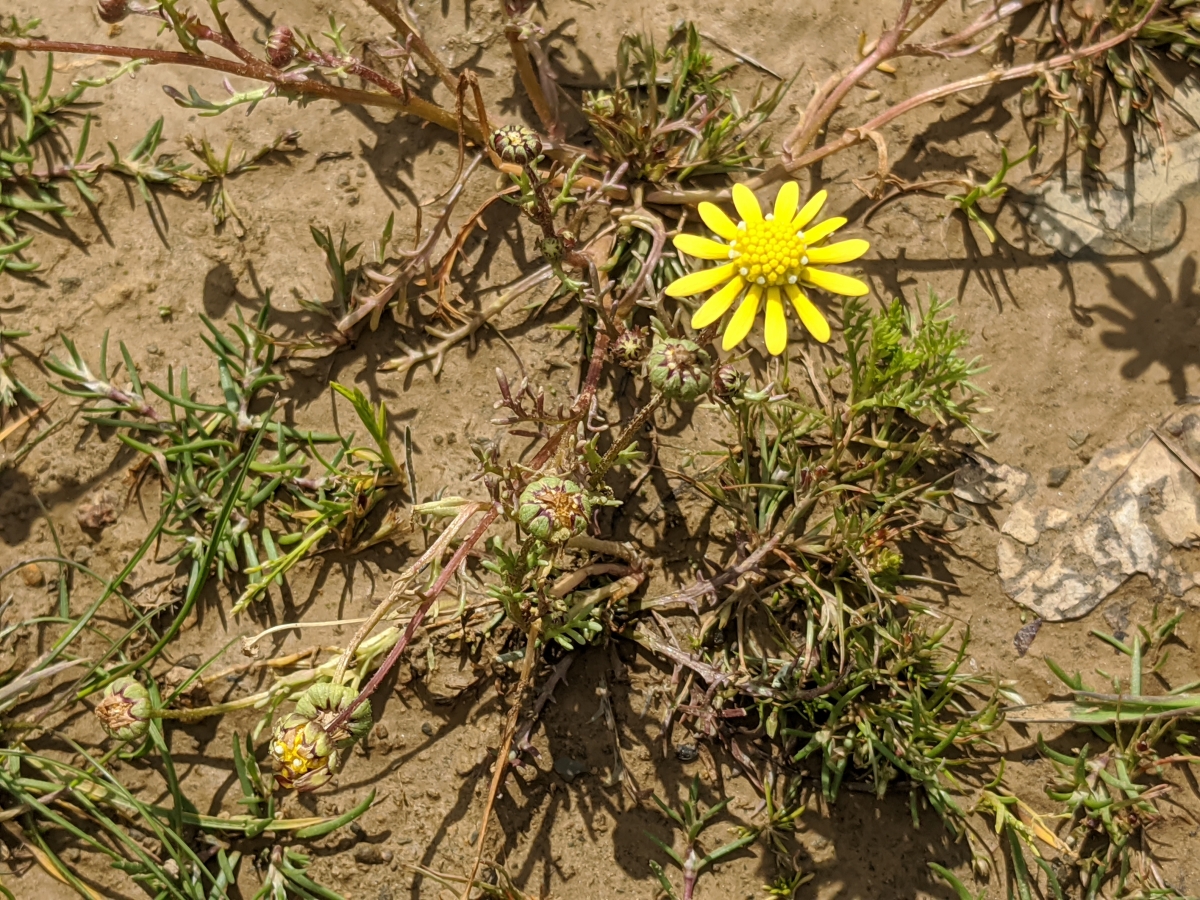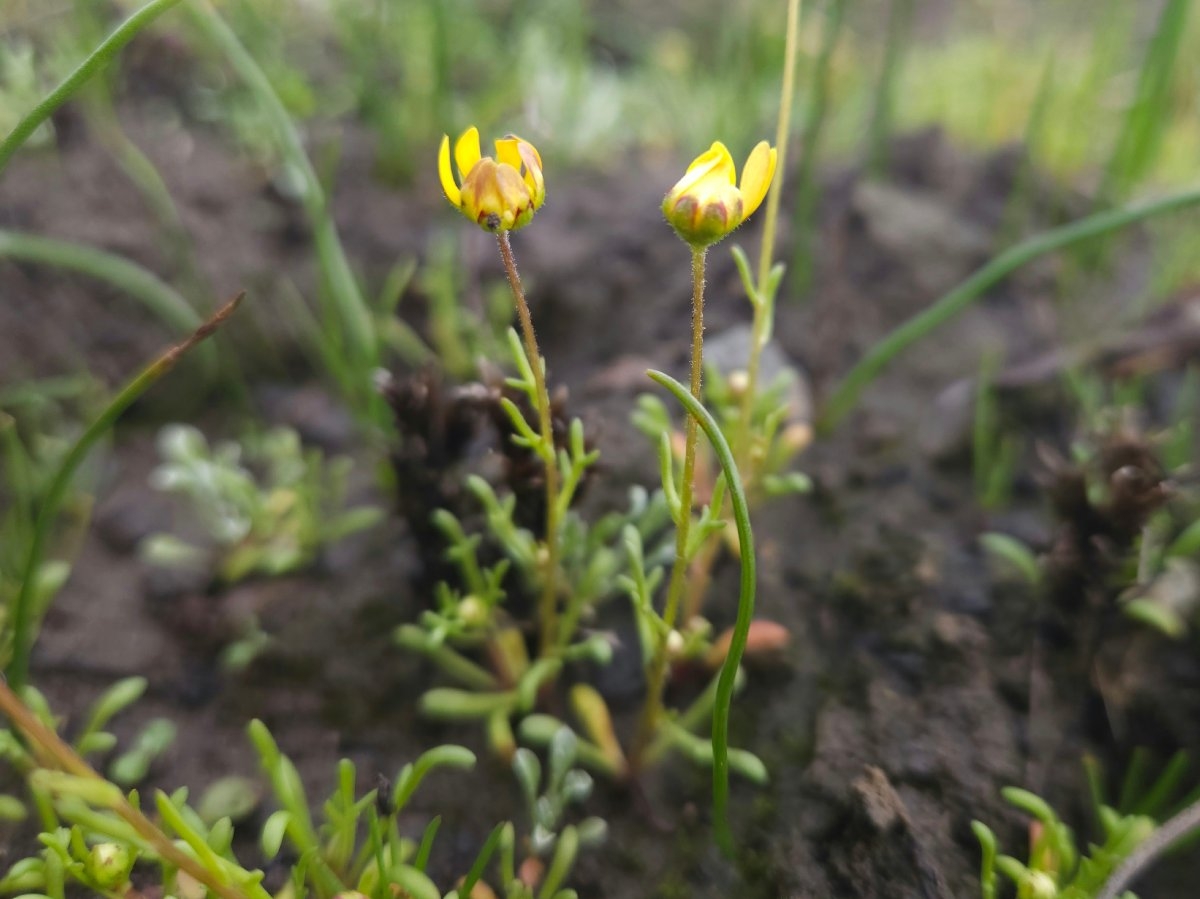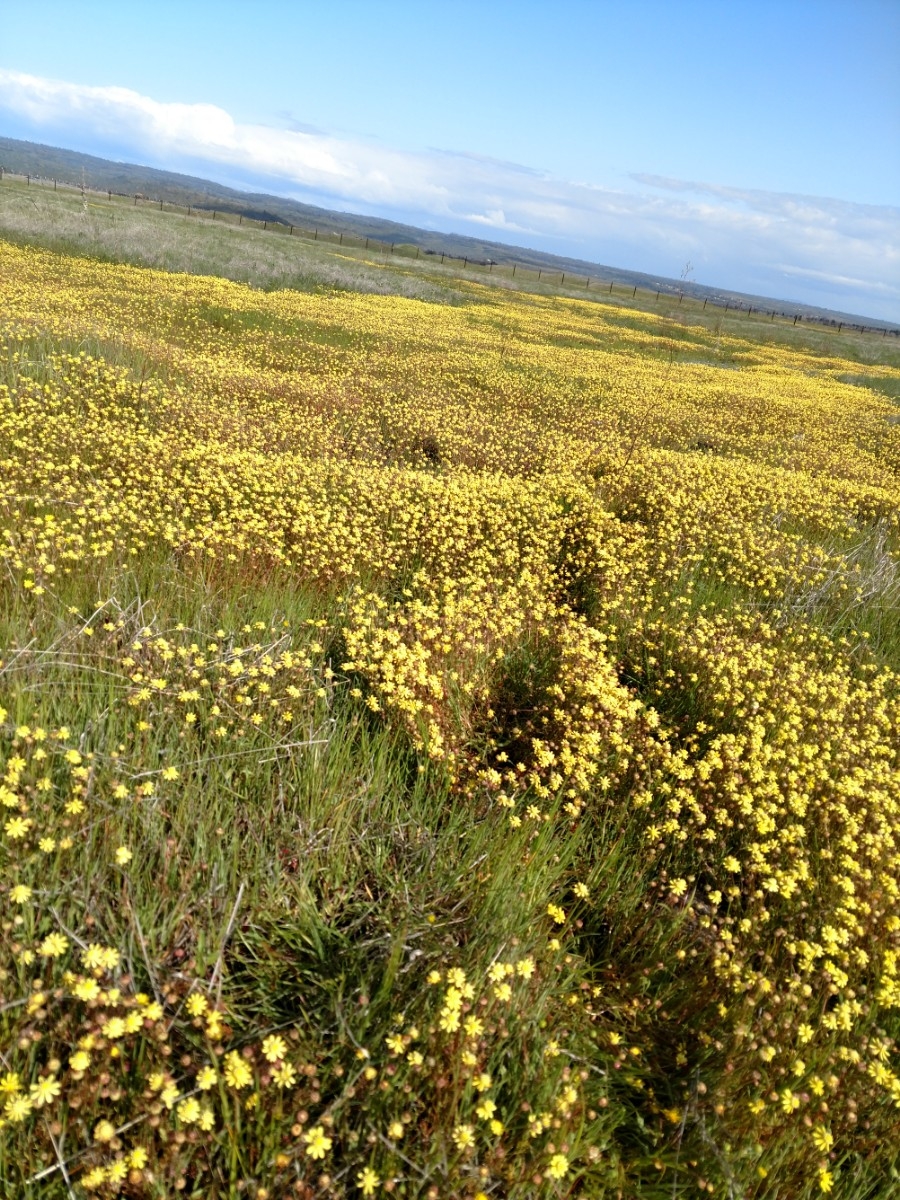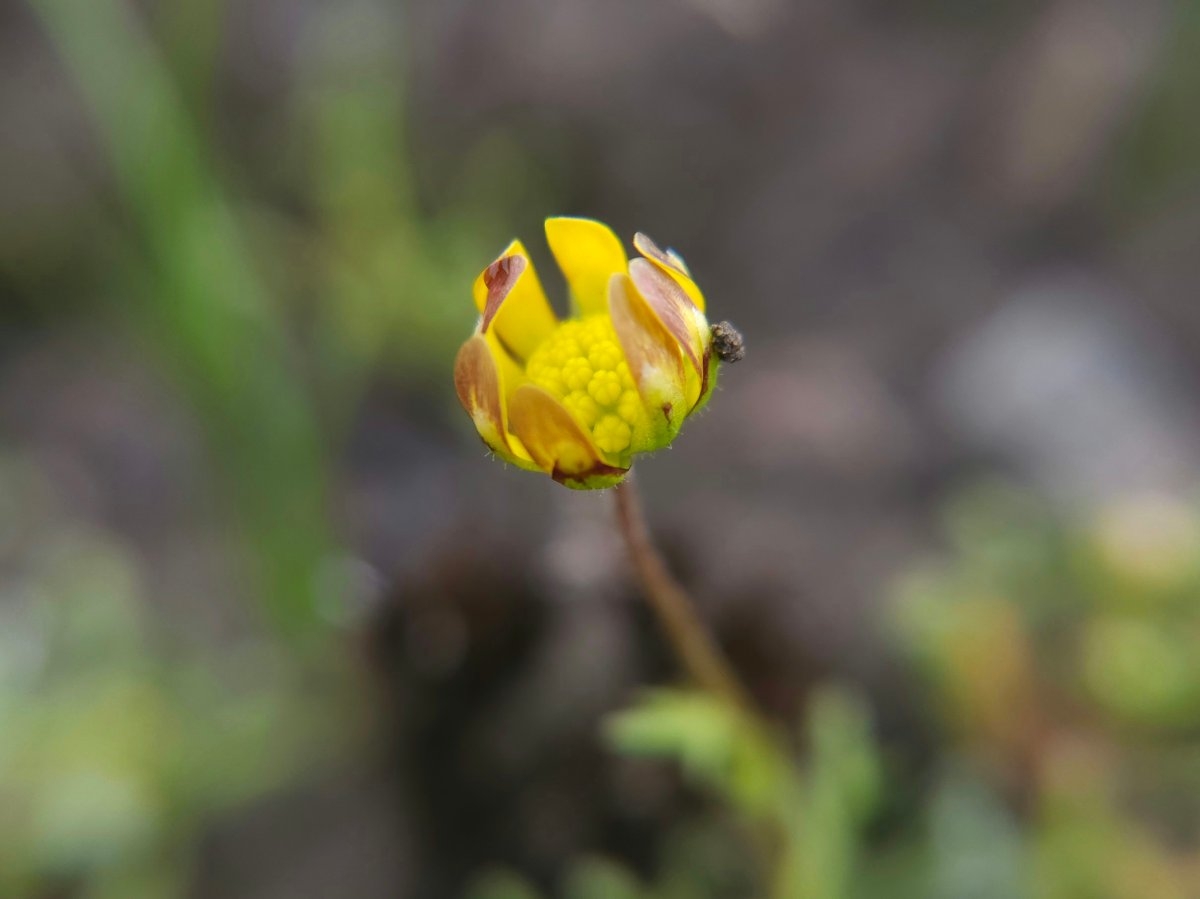Blennosperma nanum (Hook.) S. F. Blake var. nanum
Common blennosperma, Common stickyseed
2017 David Greenberger
2021 R.A. Chasey
2021 R.A. Chasey
2005 Steve Matson
2020 Joerg Lohse
2021 R.A. Chasey
2019 Susan McDougall
2020 Matt Berger
2023 R.A. Chasey
2023 R.A. Chasey
2023 R.A. Chasey
2023 R.A. Chasey
2023 R.A. Chasey
2023 R.A. Chasey
2023 R.A. Chasey
2024 Denise Defreese
2006 Aaron Schusteff
2023 R.A. Chasey
2021 David popp
2022 Alaine Arslan
2023 Alaine Arslan
2023 Alaine Arslan
2024 R.A. Chasey
2024 R.A. Chasey
2024 R.A. Chasey
2020 Joerg Lohse
2024 R.A. Chasey
2021 David popp
2024 R.A. Chasey
Blennosperma nanum var. nanum is an
annual herb that is
native to California, and endemic (limited) to California.
Siskiyou
Del Norte
Modoc
Humboldt
Shasta
Lassen
Trinity
Plumas
Tehama
Butte
Mendocino
Glenn
Sierra
Yuba
Lake
Nevada
Colusa
Placer
Sutter
El Dorado
Yolo
Alpine
Napa
Sonoma
Sacramento
Mono
Amador
Solano
Calaveras
Tuolumne
San Joaquin
Marin
Contra Costa
Alameda
Santa Cruz
Mariposa
Madera
San Francisco
San Mateo
Merced
Fresno
Stanislaus
Santa Clara
Inyo
San Benito
Tulare
Kings
Monterey
San Bernardino
San Luis Obispo
Kern
Santa Barbara
Ventura
Los Angeles
Riverside
Orange
San Diego
Imperial
Information about
Blennosperma nanum var. nanum
[Wikipedia] Description, Etymology, Habitat: It is an annual with small yellow flower heads The heads are a paler yellow than many other daisy-like flowers, and the ring of stamens ooze a viscous white juice containing the pollen. The fruits are also carried in a gluey fluid. The Greek name for the genus means "slimy seed."
It is a resident of vernal pool floral communities. (link added by Mary Ann Machi )
/app/up/entry/305/th/91521.jpg:!/app/up/entry/271/th/81455.jpg:!/app/up/entry/271/th/81454.jpg:!0000 0000 0405 0862:!/app/up/entry/136/th/40994.jpg:!/app/up/entry/271/th/81453.jpg:!/app/up/entry/108/th/32531.jpg:!/app/up/entry/144/th/43231.jpg:!/app/up/mg/632/th/mg189600-1.jpg:!/app/up/mg/632/th/mg189600-2.jpg:!/app/up/mg/632/th/mg189600-3.jpg:!/app/up/mg/662/th/mg198876-0.jpg:!/app/up/mg/662/th/mg198876-1.jpg:!/app/up/mg/688/th/mg206500-0.jpg:!/app/up/mg/688/th/mg206500-1.jpg:!/app/up/mg/786/th/mg235911-0.jpg:!0000 0000 0306 1532:!/app/up/mg/632/th/mg189600-0.jpg:!/app/up/mg/427/th/mg128338-1.jpg:!/app/up/entry/379/th/113896.jpg:!/app/up/entry/494/th/148394.jpg:!/app/up/entry/510/th/153020.jpg:!/app/up/entry/629/th/188900.jpg:!/app/up/entry/629/th/188902.jpg:!/app/up/entry/629/th/188903.jpg:!/app/up/entry/136/th/40995.jpg:!/app/up/entry/629/th/188905.jpg:!/app/up/mg/427/th/mg128338-0.jpg:!/app/up/entry/629/th/188904.jpg:!
2017 David Greenberger:!2021 R.A. Chasey:!2021 R.A. Chasey:!2005 Steve Matson:!2020 Joerg Lohse:!2021 R.A. Chasey:!2019 Susan McDougall:!2020 Matt Berger:!2023 R.A. Chasey:!2023 R.A. Chasey:!2023 R.A. Chasey:!2023 R.A. Chasey:!2023 R.A. Chasey:!2023 R.A. Chasey:!2023 R.A. Chasey:!2024 Denise Defreese:!2006 Aaron Schusteff:!2023 R.A. Chasey:!2021 David popp:!2022 Alaine Arslan:!2023 Alaine Arslan:!2023 Alaine Arslan:!2024 R.A. Chasey:!2024 R.A. Chasey:!2024 R.A. Chasey:!2020 Joerg Lohse:!2024 R.A. Chasey:!2021 David popp:!2024 R.A. Chasey:!
wb1777-5:!mg126493:!mg126493:!null:!po152410:!mg126493:!po140006:!mu1643:!mg189600:!mg189600:!mg189600:!mg198876:!mg198876:!mg206500:!mg206500:!mg235911:!null:!mg189600:!mg128338:!mu21209:!mu28660:!mu30119:!mu37971:!mu37971:!mu37970:!po152410:!mu37970:!mg128338:!mu37970:!
Calflora :
Information on California plants for education, research and conservation,
with data contributed by
public and private institutions and individuals.
[web application]. 2024. Berkeley, California:
The Calflora Database
[a non-profit organization].
Available:
https://www.calflora.org/
(Accessed: 07/26/2024).
